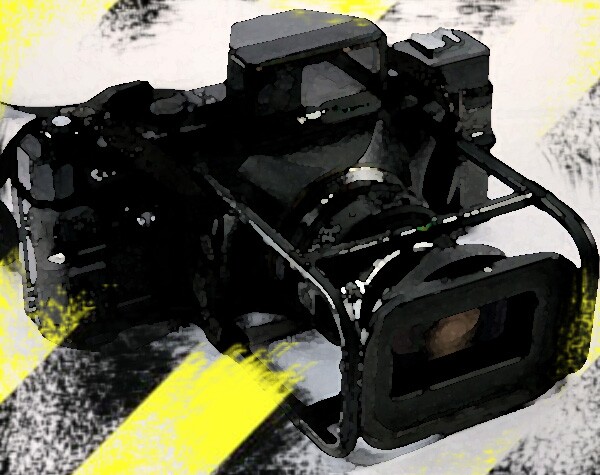Cliff Notes

Cliff Hall is the most optimistic, idealistic and generous guy I know. He can also be prickly, impatient, stubborn, humorless and tunnel-visioned--a strange combination, when all's said and done. But it's a compelling combination. Cliff's in his mid-80s now but he's not done, not by a long shot.
I and a couple of other people went to visit him recently out in Highland, at a retirement complex where he lives now. This far corner of the Inland Empire is the last place on earth where I could ever have imagined Cliff because for most of his life he was such a fixture in L.A., especially in central L.A., about as cosmopolitan a figure as this city gets. Whenever I saw or talked to Cliff, he was always on his way somewhere or into something, developing this idea or that; Highland is the kind of small town that neutralizes forward motion of any kind. But Cliff is fighting that. When we picked him up to go to lunch, he had papers in his arms and a camera slung over his shoulder. Like he was going to work. In Cliff's mind, work can break out at any moment.
Cliff's a photographer who worked most steadily for the L.A. Sentinel, the city's biggest black newspaper, back in the 50s and 60s. But he also had a lucrative business shooting socialites, film events and swank parties in Beverly Hills; the fact that a black man could get that kind of gig in that part of town still delights him, I can tell. Cliff mentored lots of other photographers, including Howard Bingham, who eventually shot for LIFE magazine and became famous for his intimate portraits of Muhammad Ali. But photography was just one of Cliff's many interests. He's also an inventor who in 1965 designed a car called the Corwin, a sleek prototype of the stock-racing style cars that later became common on city streets. The Corwin attracted lots of high-profile admirers and financial interest but was never mass-produced, though Cliff had high hopes for that. He had--still has--high hopes for everything. For a long time the Corwin was on display at the Petersen Automotive Museum.
Cliff is still full of new ideas, though admittedly, many aren't that new. I've heard some of them before--building L.A.'s freeway vertically instead of horizontally, getting black folk to put their money together for economic development and deliverance. But one thing took me by surprise: he wants to put down his life story on paper. A book? Maybe. He hasn't really figured out the details. That he wants to do this is both wonderful and troubling to me. Does this mean that he's done?
I took the papers he had brought to lunch and volunteered to input his chapters into the computer file (Cliff does email but isn't the greatest typist). When I got home I discovered that the pages didn't exactly have a logical order. His narrative didn't always flow or follow a thread. But the discrete pieces, while frustrating in one way, are fascinating and unpredictable. Like Cliff Hall himself. As I go through them, I have no idea what's coming next.
Journalist and op-ed columnist Erin Aubry Kaplan's first-person accounts of politics and identity in Los Angeles, with an eye towards the city's African American community, appear every Thursday at 2 p.m. on KCET's SoCal Focus blog.
The above image was remixed by Zach Behrens with an image by Flickr user Zokyo Labs. The photo was used under a Creative Commons License.


